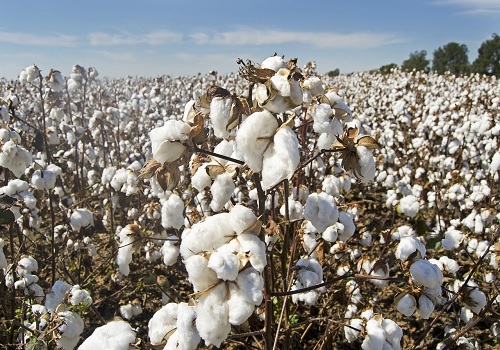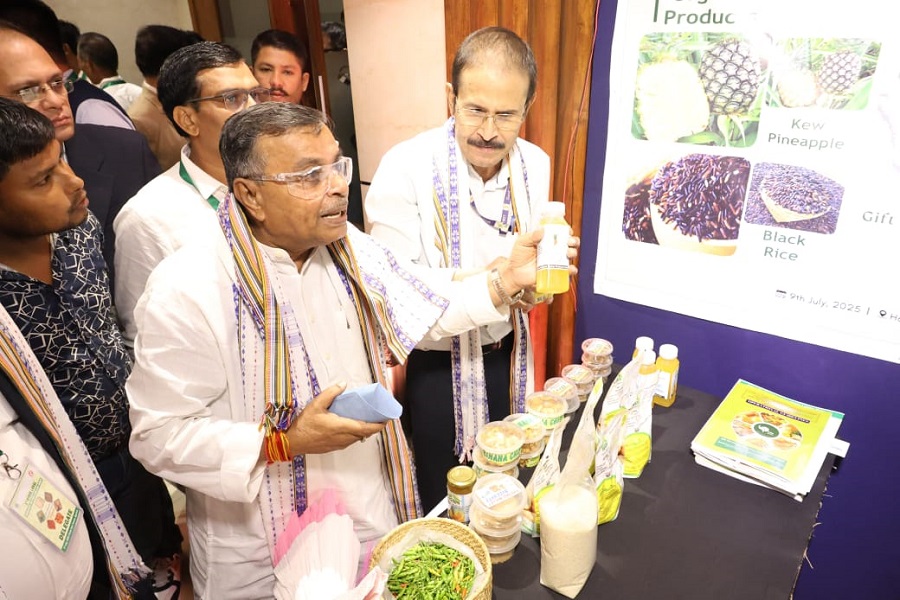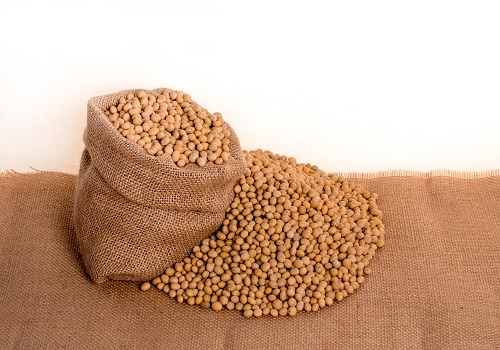U.S. Cotton Balance Sheet Sees Higher Stocks, Lower Exports by Amit Gupta, Kedia Advisory

The 2024/25 U.S. cotton balance sheet reflects increased production and ending stocks alongside reduced exports. Domestic use remains steady, with production revised upward to 14.4 million bales due to higher yields. Exports are projected to drop to 11 million bales, while ending stocks rise to 4.8 million bales, pushing the stocks-to-use ratio to 38%. Globally, cotton production, consumption, and trade are all set to grow, with China, Australia, and the U.S. contributing significantly to production increases. The average farm price for U.S. upland cotton is reduced to 65 cents per pound. These adjustments highlight a dynamic cotton market shaped by varying regional yields, trade flows, and demand trends.
Key Highlights
* U.S. cotton production revised up to 14.4 million bales.
* Exports reduced to 11 million bales; ending stocks rise.
* Global production surges, led by a 1.8-million-bale increase from China.
* Average U.S. farm price for upland cotton cut to 65 cents/lb.
* Global consumption and trade see modest increases; stocks rise.
The 2024/25 U.S. cotton market is witnessing notable shifts, with production estimates increasing to 14.4 million bales due to improved yields of 836 pounds per harvested acre. However, a reduction in harvested area in the Southwest offsets part of this gain. The uptick in production has led to a rise in ending stocks, now pegged at 4.8 million bales, representing a stocks-to-use ratio of 38%.
Despite higher production, U.S. cotton exports are projected to decline by 300,000 bales to 11 million bales, driven by competitive global markets and increased supplies from major exporters like Brazil and India. This reduction has led to a decrease in the 2024/25 season average upland farm price to 65 cents per pound, adding pressure on U.S. cotton producers.
Globally, cotton production is forecast to reach 119.4 million bales, with China leading the surge, contributing 1.8 million additional bales. Consumption gains in Bangladesh and Vietnam offset reductions in Turkey, pushing global demand slightly higher. World trade dynamics also indicate growth, with Brazil, Australia, and India boosting exports, even as U.S. shipments decline.
This evolving scenario underscores the complexities of the cotton market, shaped by regional weather conditions, changing trade policies, and shifts in demand patterns.
Finally
The 2024/25 cotton market presents mixed trends with higher global production and stocks but reduced U.S. exports, pressuring prices amidst competitive dynamics.
Above views are of the author and not of the website kindly read disclaimer










More News

India`s Cotton Imports Surge as Domestic Output Shrinks by Amit Gupta, Kedia Advisory












